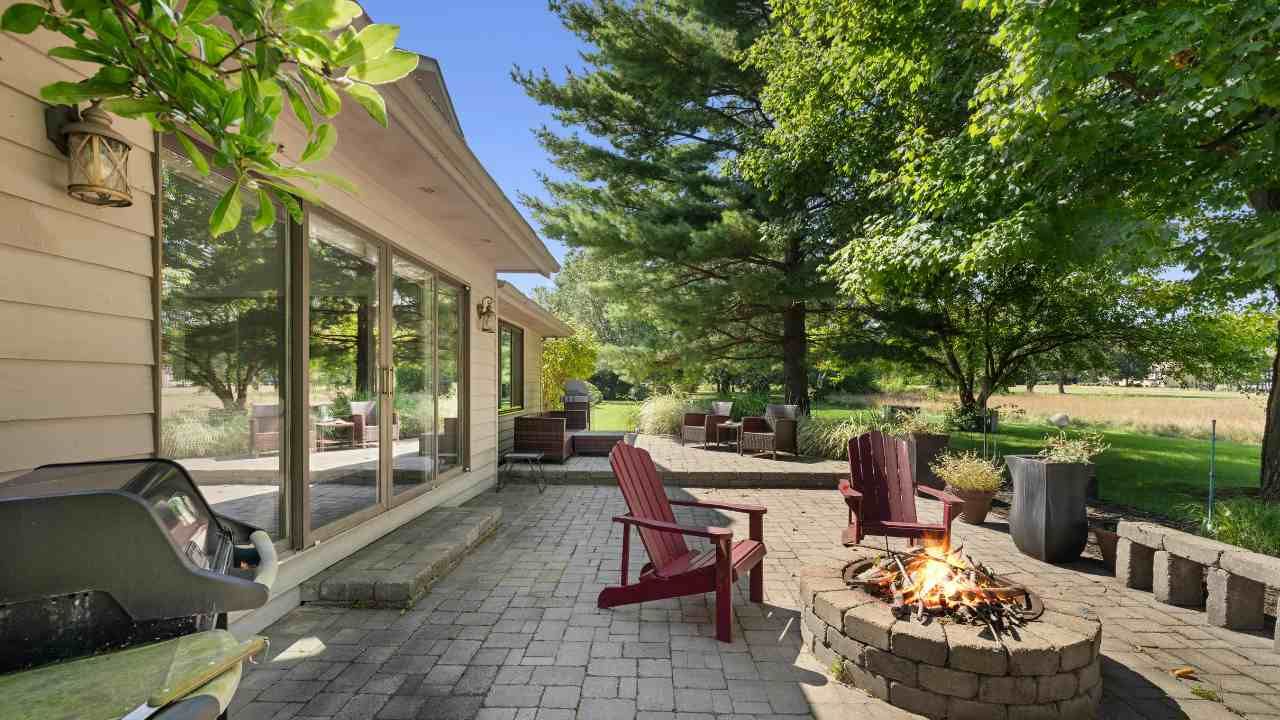Integrating Trees into Your Landscaping Design: Do’s and Don’ts

Trees bring life, shade, and beauty to any outdoor space—but planting them without a plan can backfire. The right tree in the wrong place can lead to root damage, blocked views, and years of frustration. Done well, however, trees can elevate your landscaping from ordinary to unforgettable.
In this post, you’ll learn the essential do’s and don’ts of integrating trees into your landscape design. Whether you're planning a complete yard makeover or just adding greenery to your front lawn, these tips will help you create a functional, beautiful, and long-lasting outdoor environment.
DO: Plan for the Long Term
Trees grow—fast and big. That young sapling you planted near your driveway might look harmless now, but in 10 years, its roots could be cracking your pavement and its branches might block the sun from your garden beds.
To avoid problems later:
- Research mature height and root spread before planting.
- Choose species based on your yard’s size, soil type, and sun exposure.
- Give trees ample space from buildings, fences, and utility lines.
Planning with the future in mind ensures your landscaping remains low-maintenance and safe over time.
DON’T: Ignore the Tree’s Impact on the Rest of the Yard
It’s tempting to focus on how a tree looks in isolation, but a well-integrated landscape needs balance. A poorly placed tree can throw off symmetry, block sightlines, or overwhelm smaller plants and features.
Avoid these common mistakes:
- Planting large trees too close to your home or patio
- Placing shade trees in sunny areas meant for flower beds or vegetable gardens
- Using too many trees in a small space, which can crowd out light and airflow
A better approach is to design around the tree's function. For instance, use a deciduous tree to shade south-facing windows in summer while allowing winter light to come through.
DO: Mix Tree Types for Texture and Seasonal Interest
When thoughtfully combined, trees can provide year-round beauty and support local ecosystems. A mix of evergreen and deciduous trees, flowering species, and even fruit-bearing varieties adds color, depth, and diversity.
Consider blending:
- Fast-growing trees for quick shade with slow-growing species for long-term structure
- Native trees to support birds and pollinators
- Small ornamental trees to accent pathways, patios, or entryways
This variety keeps your yard looking vibrant and changing with the seasons—something a uniform row of evergreens just can’t do.
DON’T: Skip Proper Maintenance (Especially Below the Surface)
Even the healthiest tree can become a liability if it’s not maintained. Over time, branches grow unevenly, roots interfere with hardscapes, and older trees may become weak or diseased.
One often-overlooked aspect of tree care is dealing with what’s left behind. If you’ve recently removed a tree, don’t leave the stump to rot or attract pests. For clean removal, professional stump grinding in New Haven CT is a smart move. Companies like Avalanche Landscaping offer comprehensive landscaping services in New Haven, including stump grinding, to help prepare your yard for new growth and cleaner design transitions.
Case Study: A Backyard Transformed with Thoughtful Tree Placement
A homeowner in New Haven had a small, underutilized backyard with patchy grass and no shade. With help from a local landscape designer, they planted a Japanese maple near the deck for year-round color, two river birches along the fence line for light dappled shade, and a dwarf cherry tree to draw the eye toward a new seating area.
They also had an old stump removed that was attracting ants—clearing the way for a raised flower bed. The transformation was not only beautiful but functional, making the space feel cooler, more private, and much more inviting.
Final Thoughts
Trees are a landscaping powerhouse—when used with care. They offer beauty, shade, and structure, but only if you plan wisely, mix thoughtfully, and maintain consistently. Keep these do’s and don’ts in mind, and your landscape will flourish for years to come.
Ready to level up your yard with trees that actually belong there? Reach out to a professional landscape designer or local service to help you plant smarter, not harder.

